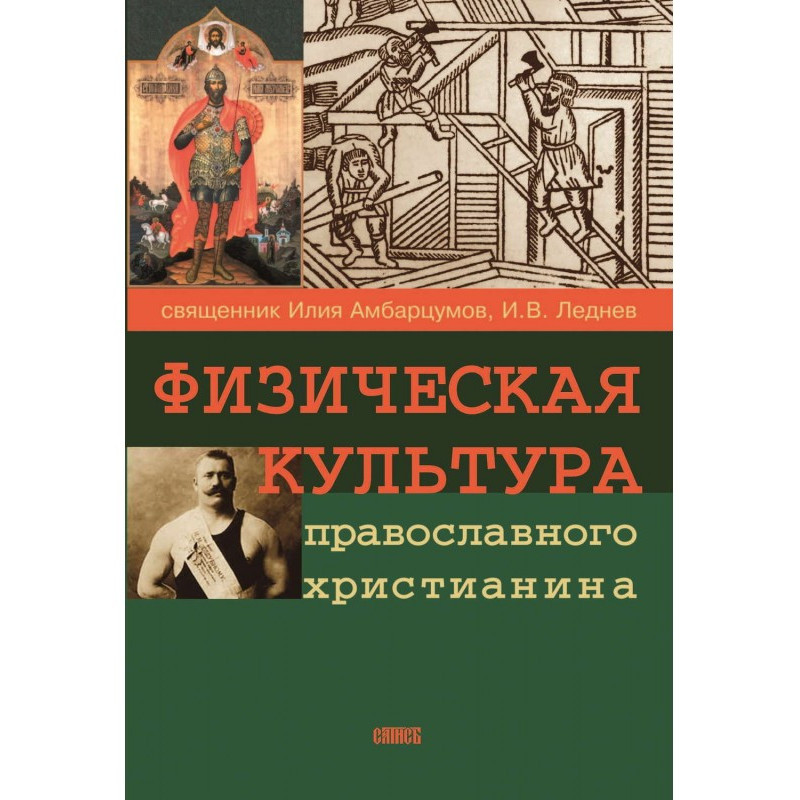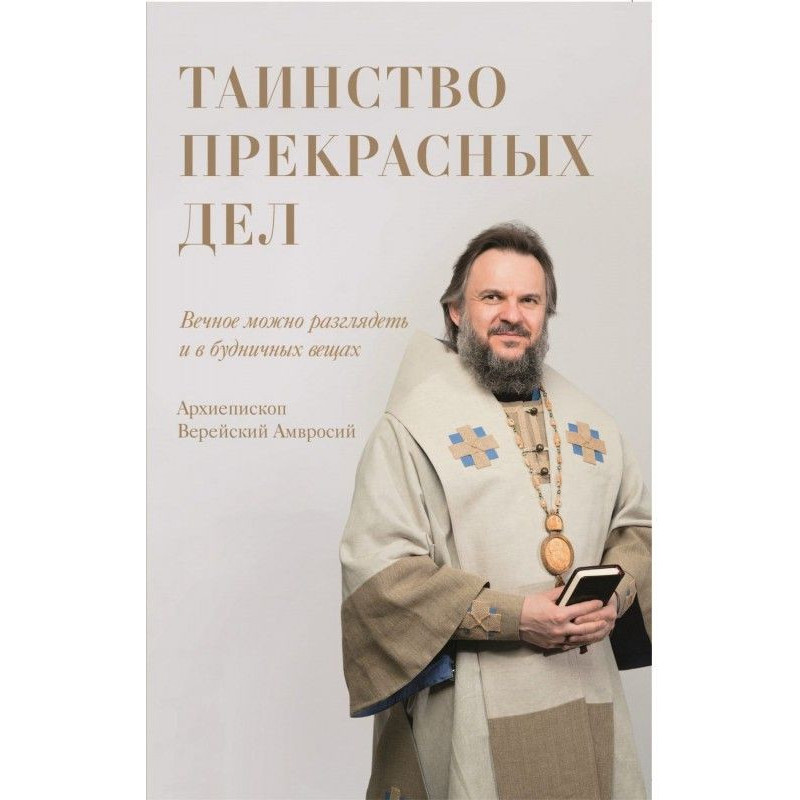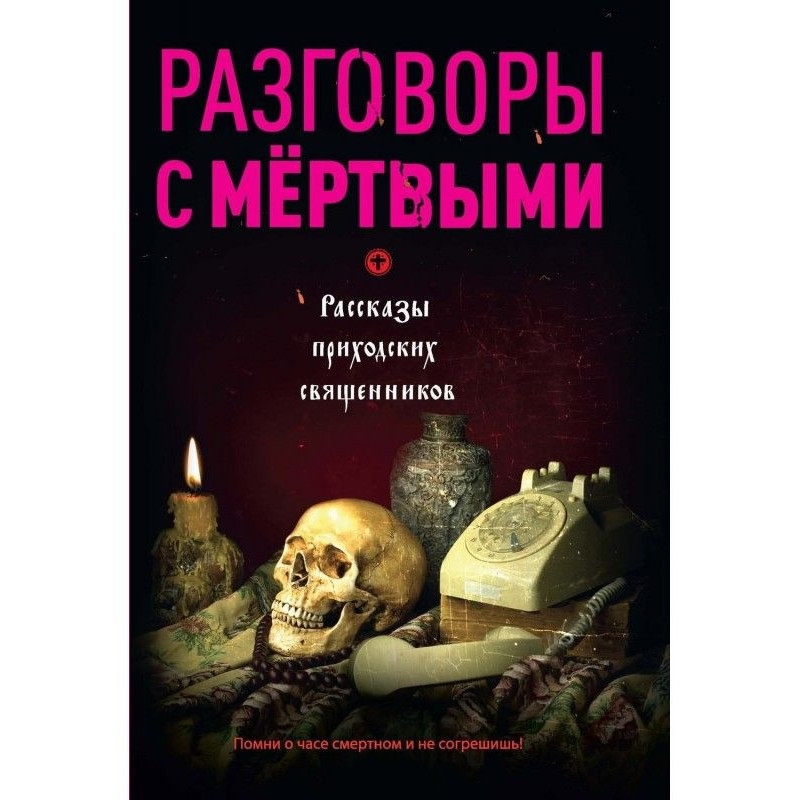Penitential hymns
 Instant download
Instant download
after payment (24/7)
 Wide range of formats
Wide range of formats
(for all gadgets)
 Full book
Full book
(including for Apple and Android)
“Repentant hymns” by the Svyatogorsk monk Simeon of Athos continue the hymnographic tradition dating back to two Great Theologians - St. Gregory the Theologian and St. Simeon the New Theologian. If the hymns of St. Gregory the Theologian were intended for a specific audience, then the penitential hymns of St. Simeon the New Theologian are diary entries, not intended for prying eyes, and often just prayers. The situation is approximately the same with the hymns of Simeon of Athos. There is no doubt that we have diary entries used for prayer. Like the works of St. Simeon the New Theologian, these Hymns are “written in blood.” The experimental knowledge presented in them is priceless for its practicality. However, diving deeper into the text of the Hymns, one will notice that the author combined the components into a specific system. The “hymns of repentance” by the monk Simeon of Athos have a common concept and this differs from the scattered hymns of St. Simeon the New Theologian. What we have before us is not just a collection of notes and prayers, but a single work. However, this does not open immediately. Theologically, “Hymns of Repentance” are interesting in that they draw our attention to the third Great Theologian - St. John. If expressed in terms of modern biblical studies, the teaching of the Hymns boils down to the so-called “Johnnine theology”: “For all that is in the world is the lust of the flesh, the lust of the eyes, and the pride of life (1 John 2:16).” “The lust of the flesh” is the power that rules the world. How enslavement occurs, the dynamics of this process is revealed in the Hymns: “lust of the comb” - saw, “lust of the flesh” - desired, saw - desired, saw - desired... And so imperceptibly the captivity occurs. Soon the soul plunges into a terrible abyss: first, captivity is like a cobweb that envelops the spiritual eyes and fetters any movement towards purity, and then an unexpected, uncontrollable fall into the abyss begins. From this abyss the author of Hymns leads the fallen soul. Since we are dealing with diary entries, the first thing that awaits us is a meeting with the personality of the Author. If such a mysterious and unique contact does not occur, then it will be quite difficult to navigate the Book of Hymns. After the Meeting, a common design begins to emerge that unites all the hymns. The author strives to show a complete picture of Salvation, how the soul emerges from sinful captivity. The hymns lead the reader along with the liberating soul, which slowly little by little gains strength, strengthens itself in spiritual activity, and gets rid of shackles. It is revealed to us how imperceptibly this formation occurs. And so, quite unexpectedly, the soul finds itself already changed: freely standing at full height, confident and strong. Now she can trample on her enemies and despise their machinations. Do not forget that the Hymns are part of the monastic “smart work” of the author. They represent a piggy bank from which the author borrowed feelings and moods for prayer. Every monk on the Holy Mountain has such piggy banks, which help to overcome the dullness of the mind and withstand the hours of night battles with the spirits of evil. However, different piggy banks contain treasures of different value, corresponding to the strength of the monk. In this book, the author shares both treasure and power.
Data sheet
- Name of the Author
- Монах Симеон Афонский
- Language
- Russian



























